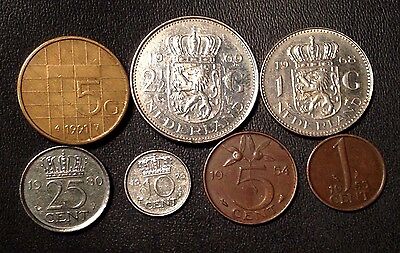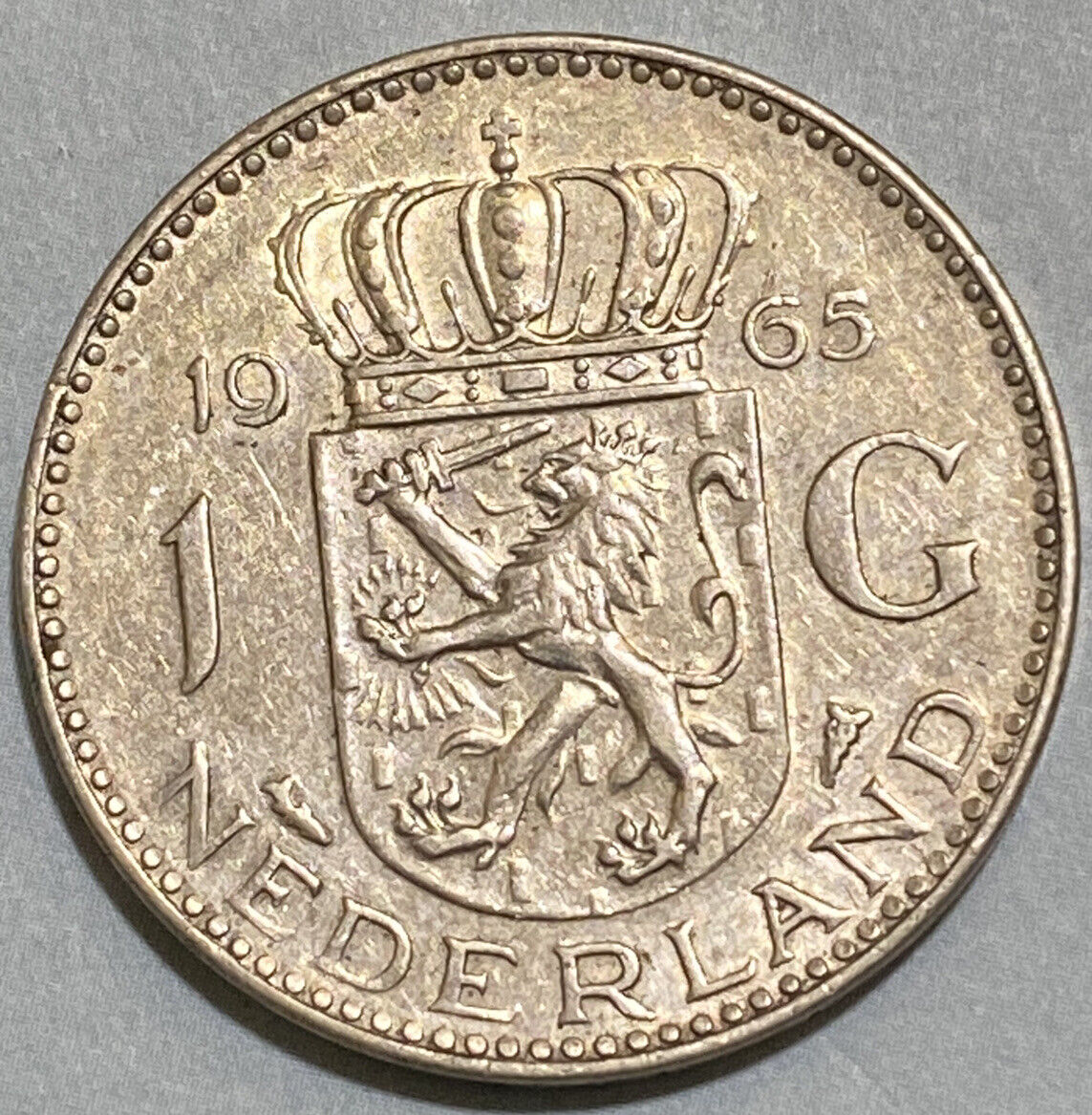-40%
1787, Netherlands. Silver "Friendship with Prussia" Medal by H.Lageman.NGC MS61!
$ 174.58
- Description
- Size Guide
Description
CoinWorldTV1787, Netherlands. Silver "Friendship with Prussia" Medal by H.Lageman. NGC MS61
Mint Year: 1787
Medallist: Hendrix Lageman (1765 – 1816)
Condition:
Certified and graded by NGC as MS-61 (a very appealing specimen for the grade!
)
Denomination: Friendship Medal -
Probably struck to commemorate the of the Orange stadtholderate in the Dutch Republic against the Patriot movement, and the liberation of Wilhelmina of Prussia (William V of Orange's wife).
Weight: ca. 10gm
Diameter: 28mm
Material: Silver
Obverse
: Standing togate allegoric female figure (Prudentia, representing Prussia), holding a small puppy (allegoric for the Wilhelmina of Prussia?) in right hand and a wreath in forwardly stretched right hand. A column on which three arrows are braking and a fallen nude man, holding torch (symbol for the uprising of the Patriots).
Legend: MORTE ET INVIDIA AMICITIA MAIOR ("
Our friendship is greater than their envy and death.
")
Exergue: AMICIT . INV. S. / I.M.L.
Reverse
: Two clasped hands protruding from clouds above inscription in four lines. Date (17-87) above knotted wreath. Medallist´s signature (LAGEMAN F.) below.
The
Prussian invasion of Holland
was a Prussian military campaign in September–October 1787 to restore the Orange stadtholderate in the Dutch Republic against the rise of the democratic Patriot movement.
The direct cause was the arrest at Goejanverwellesluis (actually Bonrepas) of Stadtholder William V of Orange's wife, Wilhelmina of Prussia, on 28 June 1787. She was on her way from Nijmegen, where William V had taken refuge, to The Hague, where she intended to request her husband to be allowed to return to, after the States of Holland had fired him as Captain General of their troops in 1786.
The ultimatum issued on 9 September 1787 by the Prussian ambassador Thulemeyer to the States of Holland mentioned only one casus belli: It asked
...that their Noble and Great Mightinesses agree to punish, at the request of the Princess, those who would be considered culpable of offenses against Her August Person.
In other words, the Prussian war aims were quite limited, and intentionally so, firstly to avoid being seen as unreasonable by the other European Great Powers, and secondly, because the Prussian king had at this stage no intention of overturning the Holland government, possibly obligating him to engage in a lengthy and costly occupation. The matter was supposed to be resolved in a fortnight, and therefore the troops were only provisioned for a campaign of short duration.
The Prussian invasion resulted in the Orange Restoration, bringing William V back into power, and causing many Patriots to flee to France. In 1795, the Patriots (now styling themselves "Batavians") returned with the support of revolutionary French troops, triggering the Batavian Revolution and ousting the Orangist regime. The old Dutch Republic was replaced by the Batavian Republic.
Authenticity unconditionally guaranteed.
Bid with confidence!
Princess Wilhelmina of Prussia
(
Frederika Sophia Wilhelmina
; 7 August 1751 in Berlin – 9 June 1820 in Het Loo) was the consort of William V of Orange and the de facto leader of the dynastic party and counter-revolution in the Netherlands. She was the daughter of Prince Augustus William of Prussia and Luise of Brunswick-Wolfenbüttel. Wilhelmina was the longest-serving Princess consort of Orange.
Wilhelmina was brought up by her grandmother. On 4 October 1767 in Berlin, she was married to William V of Orange, the last Dutch Stadtholder. Duke Louis Ernest was instrumental in arranging the marriage of Prince William V with his niece. He immediately observed that the princess craved joint rule, and so was starting to undermine Louis Ernest's dominant position. In long letters she complained about him to her other uncle, King Frederick II of Prussia. As a person, she was proud and politically ambitious; as a princess consort, she dominated her spouse and exerted both overt and covert influence on the politics of state.
She was deeply involved in the revolutionary political conflict in the Netherlands from 1781 onwards – not only a supporter and partner, but as a main driving power behind the party of her spouse. She disliked her uncle Duke Louis Ernest of Brunswick-Lüneburg, Captain-General of the Netherlands. From 1782 she was recognized openly as the true leader of the dynastic Stadtholder party, a role its followers actively encouraged her to take. She was in heavy correspondence with foreign powers and used foreign supporters to influence Dutch internal policy. In 1785, her spouse was forced to leave Den Haag and put under a demand to abdicate. Wilhelmina persuaded William not to give in, and subsequently went to Friesland – officially to visit a jubilee, but in reality she aimed to gain support in the ongoing political conflict.
In 1786, the family moved from the capital at the Hague to Nijmegen. After the revolution proper broke out in 1787 and William had moved his court to Guelders, she attempted to return to the Hague; on 28 June 1787, she was stopped at Goejanverwellesluis, waiting for permission to continue to her destination; she was went back to William after two days as permission was denied.
Both Wilhelmina and her brother, King Frederick William II of Prussia perceived the occurrences as an insult. A request to the States to apologize led to two ultimatums, the first on 6 August and the second starting on 10 September. Then Wilhelmina asked her brother for a military intervention. Frederick, despite having been in power for only a year, attacked the Dutch Republic on 13 September 1787. William was restored to power two weeks later and many rebels fled to Pas de Calais (France), and Brussels in early October. At the end of the year, the princess demanded the replacement of a large number of regents.
However, the Dutch patriots returned in 1795 with support from the French, and William fled to his ally, his cousin King George III of Great Britain. During their exile, the couple lived in Kew until 1802, and subsequently went to Germany, where they lived in Nassau and Braunschweig (where William died in 1806). Thereafter, Wilhelmina and her daughter – both having been widowed in 1806 – lived together at various places in the Confederation of the Rhine, Weimar, Oranienburg and Berlin.
William, the son of William V and Wilhelmina, went with them into exile, but returned to the Netherlands in 1813 to become King William I of the Netherlands, the founder of the present Dutch monarchy. Wilhelmina and her daughter returned to the Netherlands in 1814 and settled in Villa Welgelegen. She received Tsar Alexander I of Russia in Haarlem in 1815.
Only 1$ shipping for each additional item purchased!











